Petalcap Vale has always maintained full control over its native
cube, giving innovators in that nation a long time to explore potential uses for the unique properties of the edge and vertex mountain ranges. Because gravity always pulls towards the nearest cube face, objects always roll away from the center of a flat surface balanced exactly over a vertex, as though the flat surface were actually a shallow cone or hemisphere. Similarly, along the edges, a ball will always roll away as though it were placed atop a peaked roof.
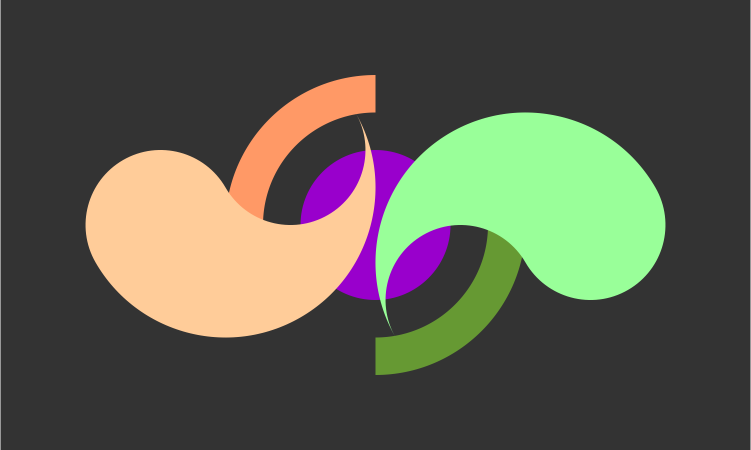
Petalcap Vale Flag by BCGR_Wurth
This observation led to the creation of many ball-based games featuring arenas placed in the mountains, though many of these sports would eventually fall into obscurity. Terraceball persisted, in part, because its aesthetics better matched the orderly sensibilities of the Vale Verdial culture; where earlier sports were primarily about raw strength and dogged persistence, terraceball is regarded as a more intellectual sport because of its increased emphasis on precision (particularly late in a turn) and agility over raw endurance.
While terraceball was first formalized as a sport in 9701 AR, it wouldn't find an international audience until the first contact between verdials and
Rostrans in the year 9858. Those first Rostran explorers in the
Caudal Tesseract, led by the famed explorer
Eqai Voiranoi, witnessed a terraceball game from their
airship while being led into the Vale for landing by
Verdial Sporeship escorts. As Rostrans are a highly perceptive sort, they inferred that the sport was an important window into the culture of the Vale Verdials. Once matters of language were established, the Verdials and Rostrans shared an amateurish game with a feast of local mushroom-based cuisine. The rostrans conveyed their exploratory findings - including the rudiments of terraceball - to their
human counterparts in the
Navigator's Guild. As a result, though no humans had yet played the sport, when the first
Voxelian explorers made landfall in Petalcap Vale in 9860, they had at least a passing familiarity with it.
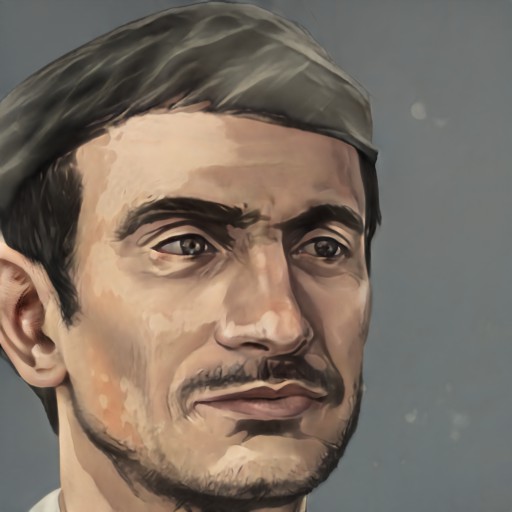
Felix Tanis by Artbreeder
The establishment of the IPTL in Petalcap Vale in 9890 - followed with glowing
Guild Gazette articles surrounding the first 'perfect' professional game in 9912 - made the sport more accessible to outsiders than ever before. As of the year 10,000 AR, terraceball is the most popular sport beneath the Manifold Sky. The League allows teams from any major organization, public or private, so long as they qualify and without exception on the basis of national allegiance or species. The formal IPTL rules of the sport have been translated into every known major language. Despite its widespread appeal, the sport retains many of the trappings of Vale Verdial tradition, with a high emphasis on sportsmanship and professionalism for players. Even so, the sport is not without controversies, as issues such as the
Register Cam Dogs doping incident have forced rules reforms over the years.



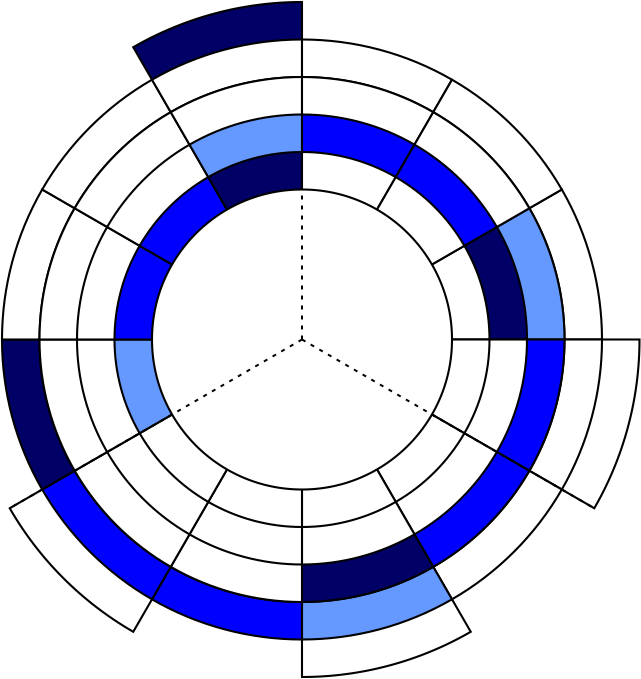
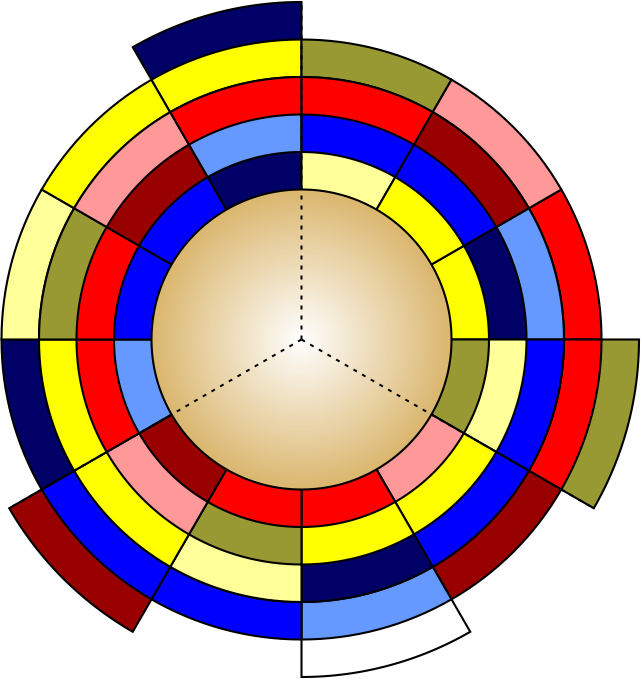
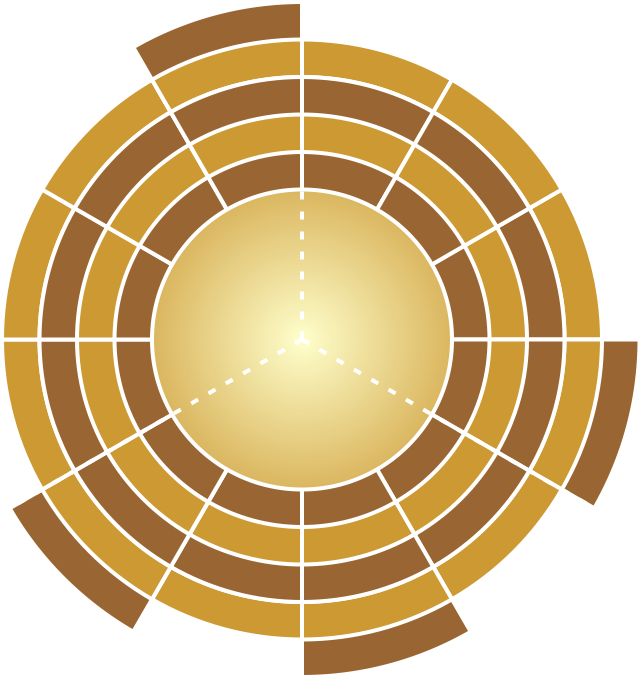
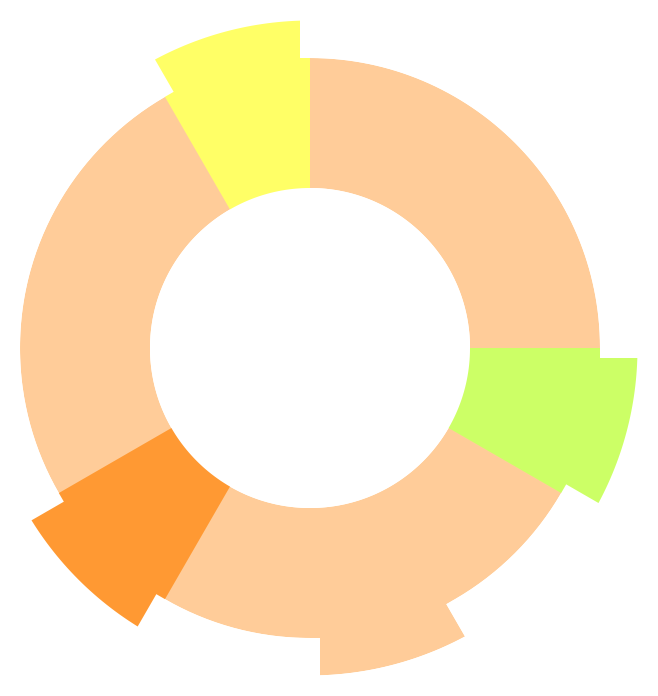



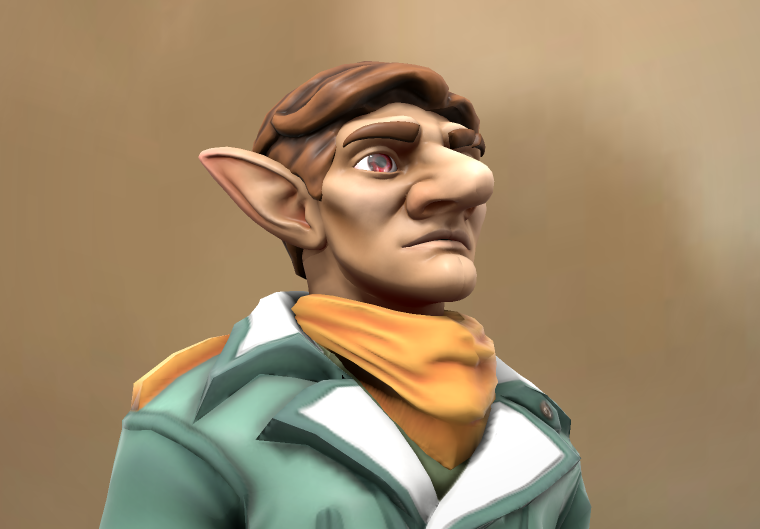
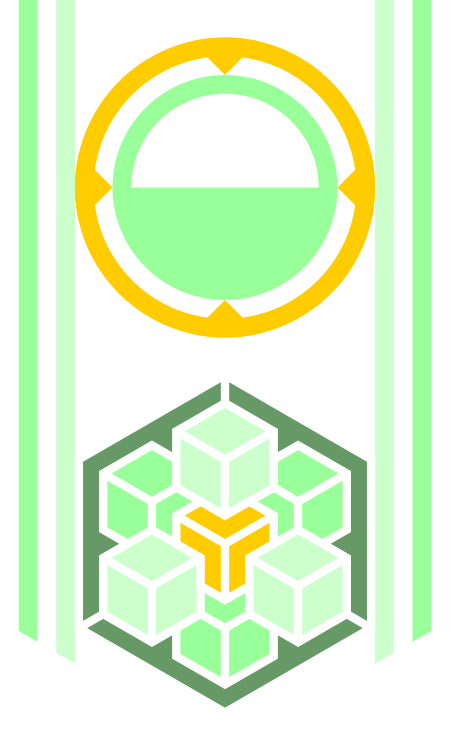
Comments
Author's Notes
There is no rule stating that an Ovinex cannot play terraceball.